- he inoa pō [quickly before, slowly after] (2024)
- By Mary Jo Freshley 프레실리에 의(依)해 (2023)
- Hair is a piece of head (2021)
- Love before Bond (2017)
- Apologize at UNIS (2016)
- Temper Clay (2012)
- Washing Brain and Corn (2010)
- Manahatas Dance (2009)
- Drawing Video (2008)
- Summer Days in Keijo—written in 1937 (2007)
- From the commanding heights… (2007)
- This is a scene (2006)
- Dog Video (2006)
- Her (2003)
- A-DA-DA (2002)
- J story (1998)
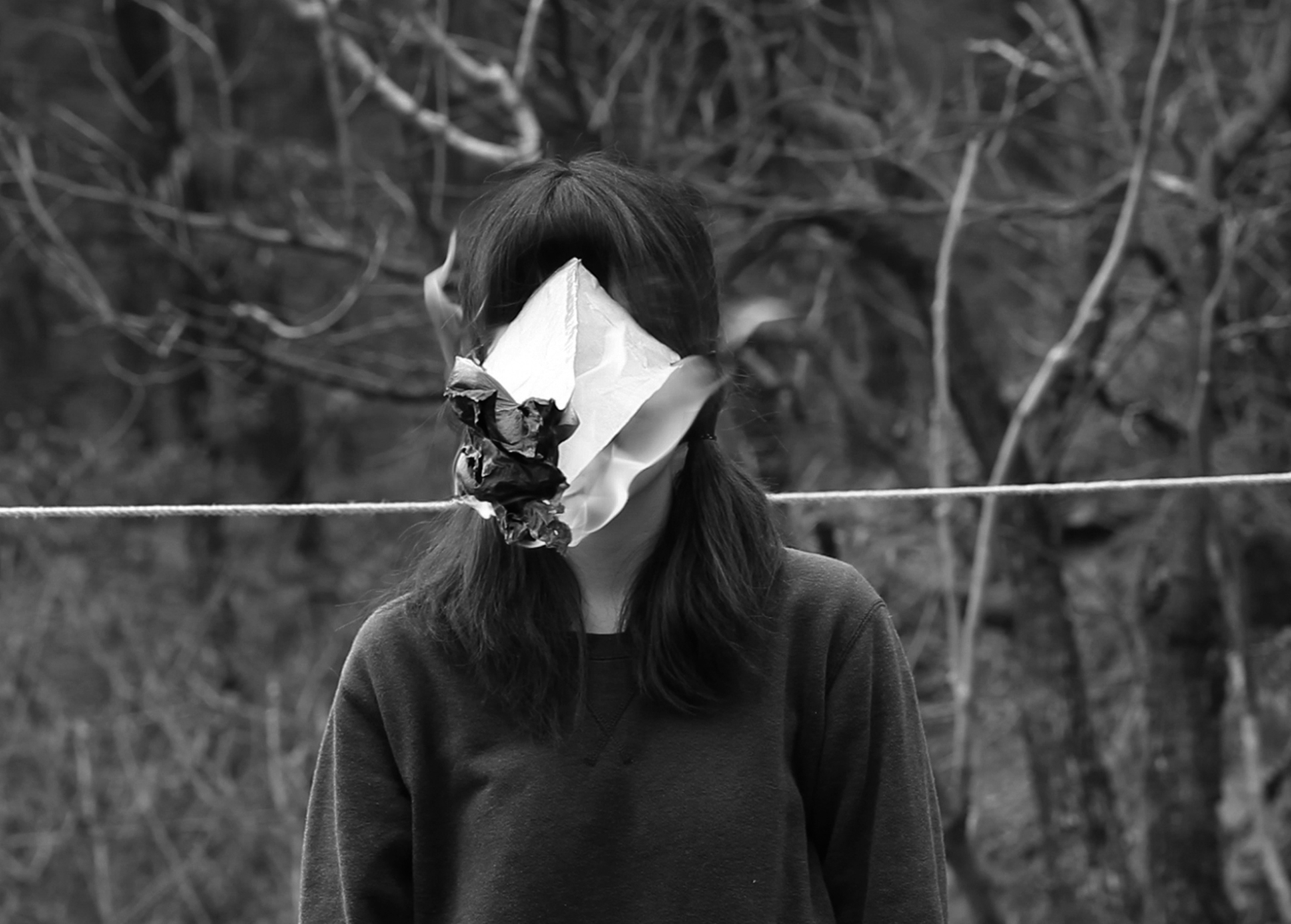
production still (fireplace), 2012; courtesy of Artist
In 2012, I was commissioned for the inaugural exhibition of the Tanks at Tate, the permanent gallery for live art, performances, and film and video installation.
Temper Clay is a re-sketching of King Lear, a play written around the exchange between father and daughters of real estate properties for love, loyalty and class reaffirmation. I was invested in depicting the division, or the replacement of roles in contemporary Korean family structures in reference to dissolution of family structure along the distributive process in King Lear, (exemplified by the separation between the father and three daughters). I was particularly interested in male chauvinism as expressed through the vitriolic treatment by King Lear of his daughters layered in the context of another culture, time, and language.
The Temper Clay installation, the centerpiece, was collected by Tate; a video edition of Temper Clay was later collected both by MoMA through the Fund for the Twenty-First Century and by the National Museum of Modern and Contemporary Art (MMCA), Korea.
A more private motive for Temper Clay is to question if my being (of institutional and systemic lineage) can, through my current production, revise the very structure that had birthed my being. Other authors using the method of renovation include: Sohn, Jung-Mok, in his preface to Seoul Urban Planning Story, singles out the “real reason” (as opposed to other reasons) for writing the book: confronting cancer in his body. This text is a seminal document of the history of urban development in Korea. A more useful example might be Roland Barthes writing Camera Lucida, a text written about photography in parallel to his search for his deceased mother’s photograph that makes him exclaim, “there-she-is!” Or a more universal example could be One Thousand and One Nights, in which stories are told to save the storyteller’s life. In all three examples, a (human-scale) body is embedded in the text throughout.
The act of returning to older (aged) relationships and places is often associated with nostalgia or nepotism. Using my parents' real estate properties in Seoul and Pocheon as sets; and re-hiring their workers (maid, caretaker, or secretary) as characters or staff in the film production is done in the context of revitalizing aged buildings, inspired by The Death and Life of Great American Cities by Jane Jacobs. The sets used in Temper Clay were then dwelling places of my parents, both in the urban and rural setting. These locations have previously been used as the set in Her (2003), From the commanding heights... (2007), Dog Video (2006), and Washing brain and corn (2010).
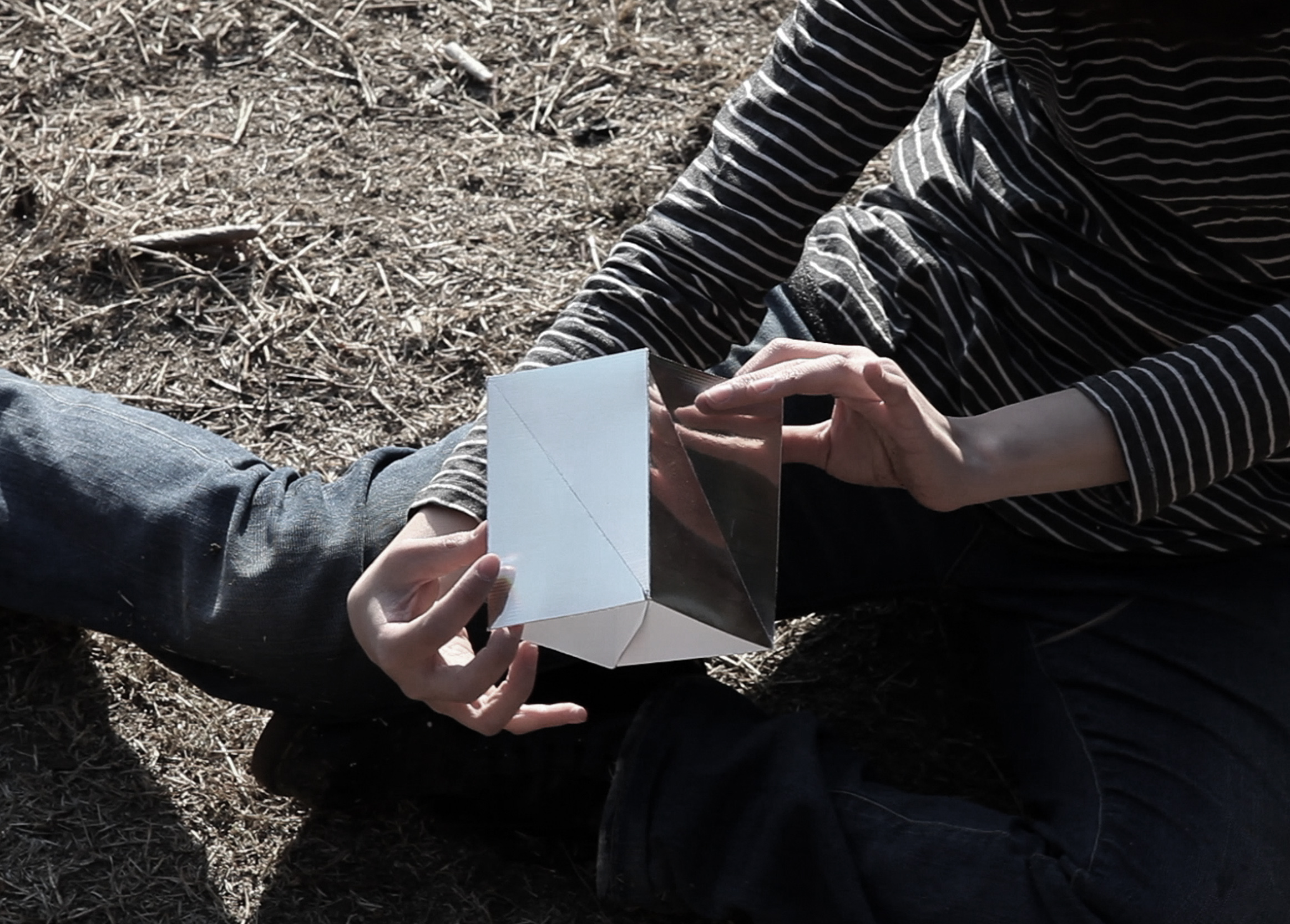
production still (hands that twist a spiral box), 2012; courtesy of Artist
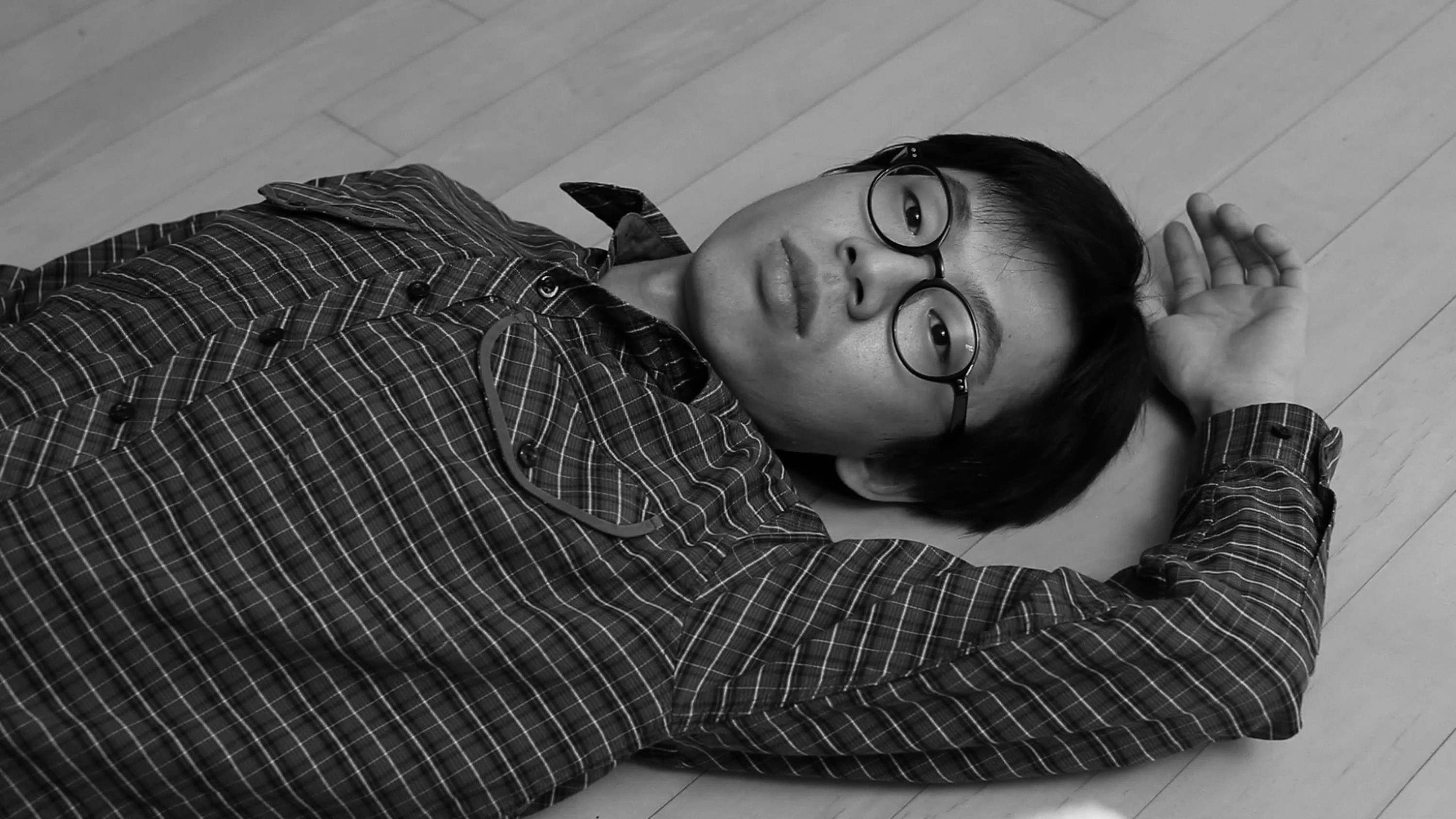
production still (a posture of dreaming), 2012; courtesy of Artist
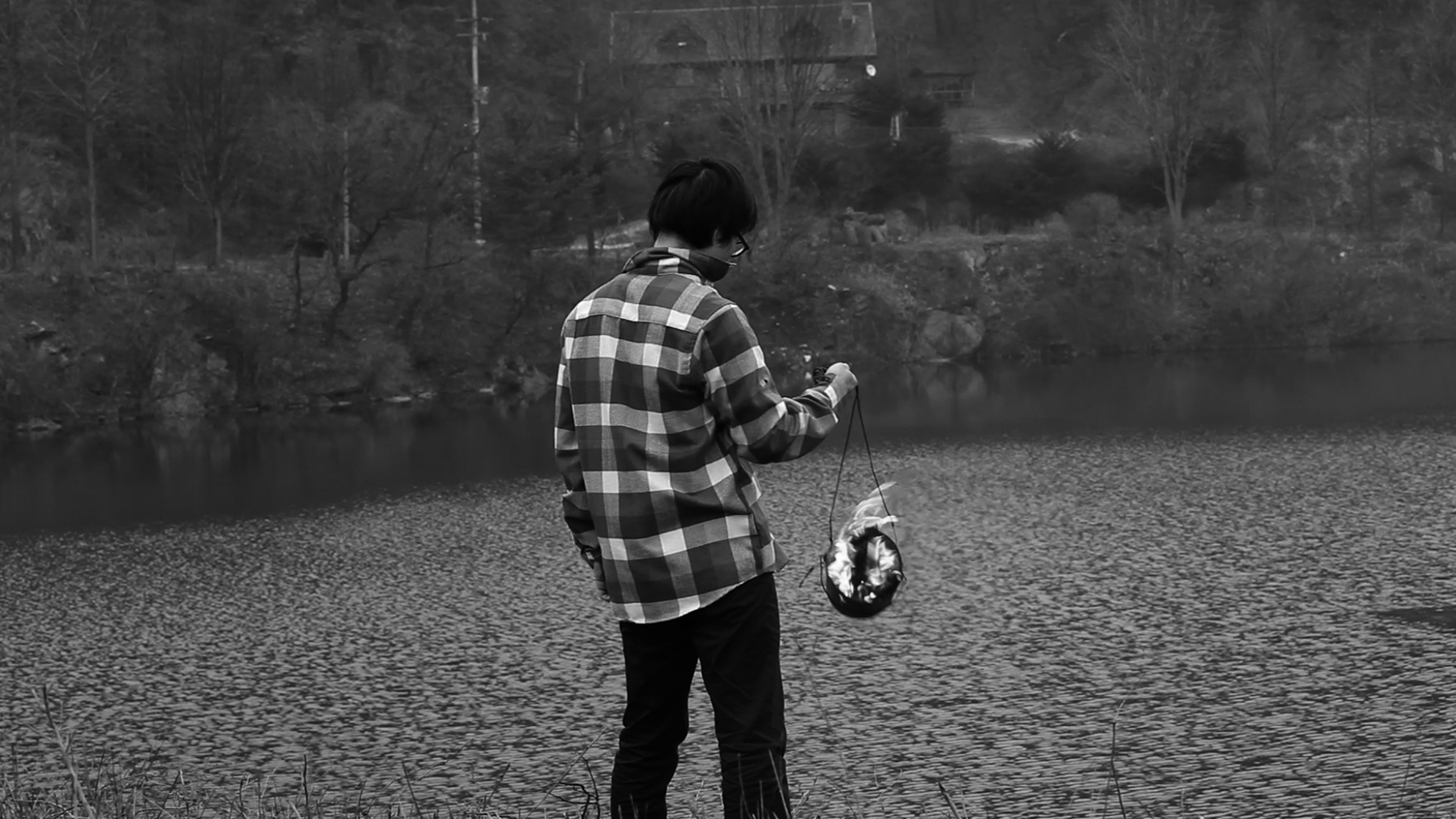
production still (affect a), Temper Clay, 2012; courtesy of Artist
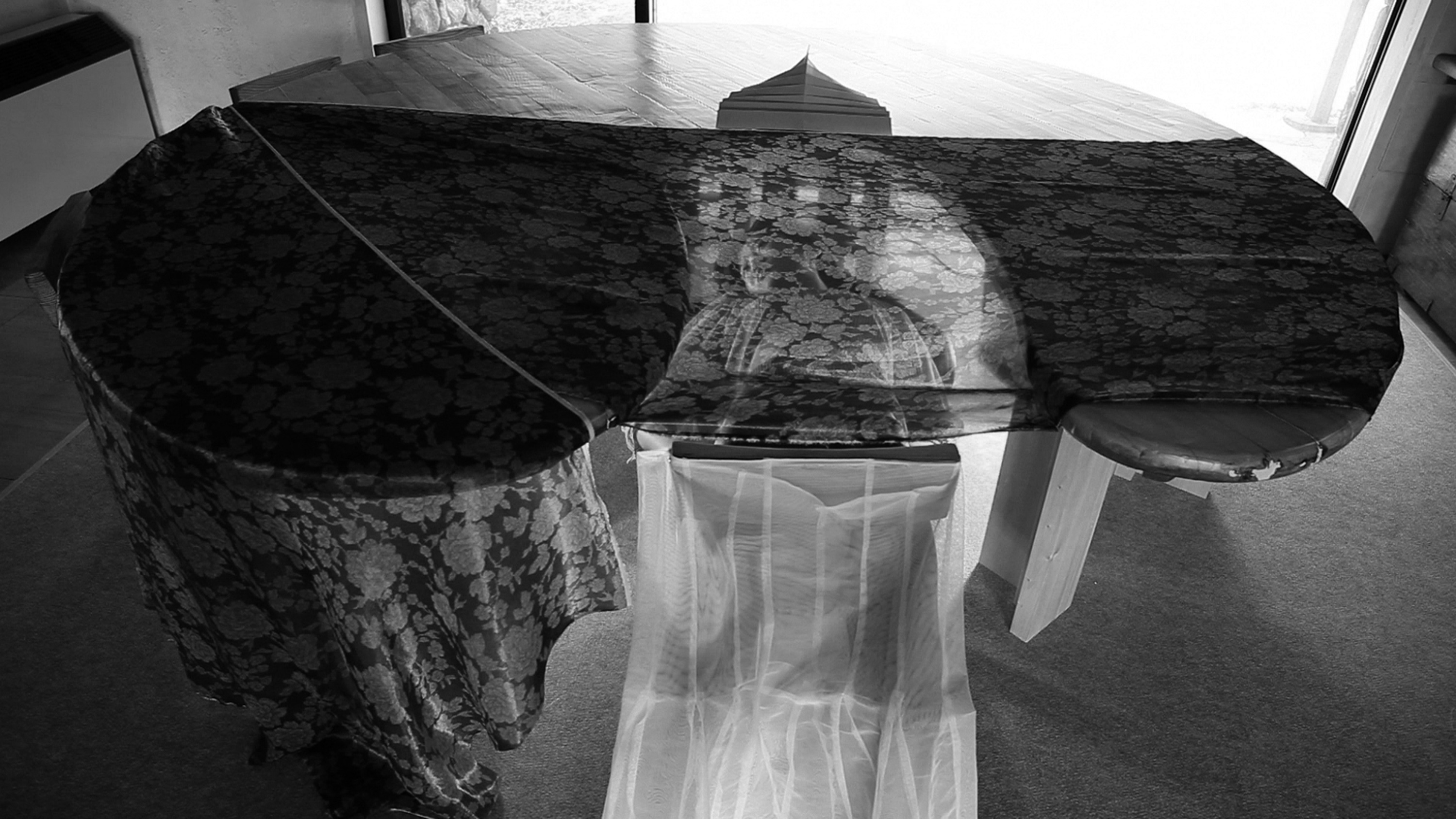
production still (table lady), 2012; courtesy of Artist
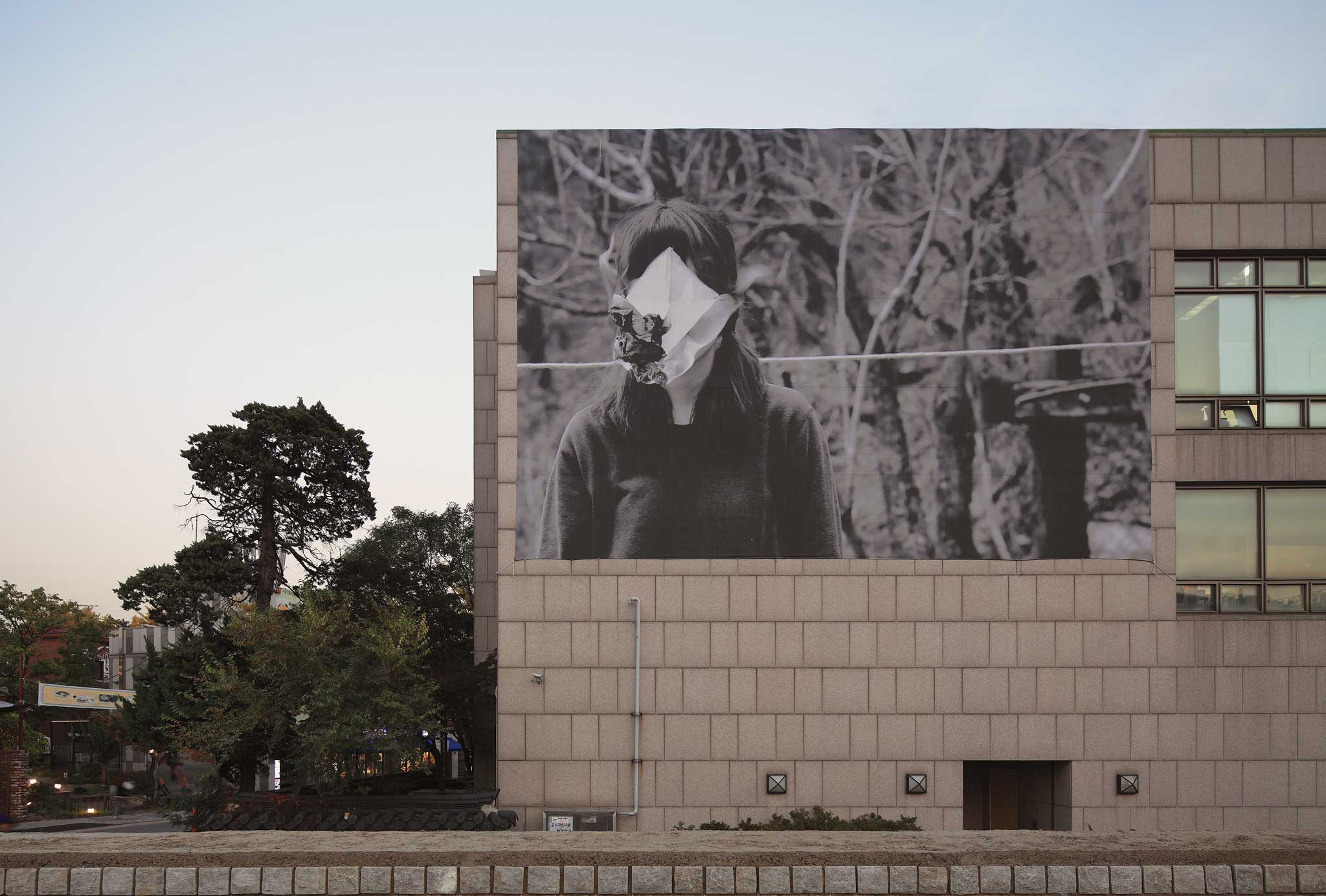
Art Sonje Banner Project #3: Sung Hwan Kim – Temper Clay, 2014, The Rear Façade of Art Sonje Center, Seoul, Korea
전민선, "진동하는 경계," 월간미술, 리뷰, 2021년 9월, p110-115
Wood, Catherine, "Sung Hwan Kim, Temper Clay," Talk or Sing, Samuso, 2014, p7-23
Jeppesen, Travis, "Openings: Sung Hwan Kim," Artforum, Vol. 51, Issue 7, Mar. 2013, p262-263